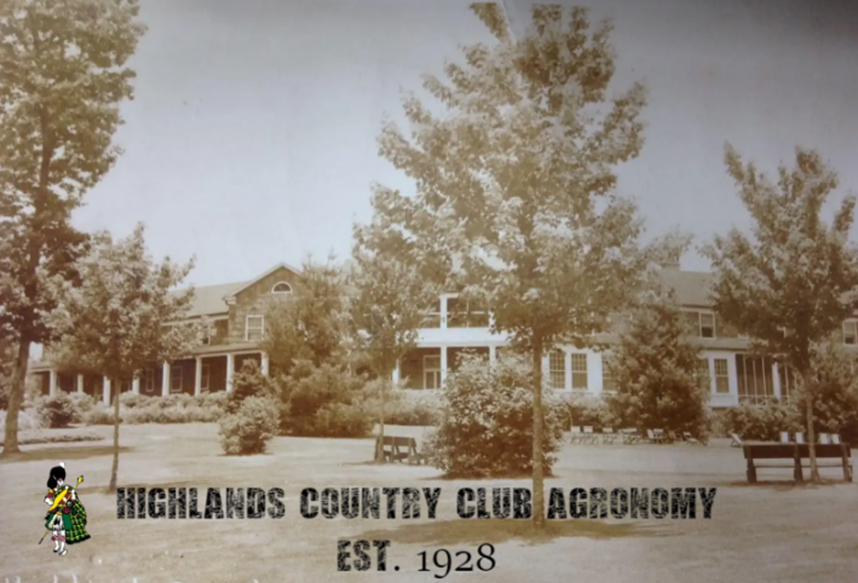Arborcom spent the last week on the Highlands CC golf course looking at shade on several greens. Due to the snow storm, we weren't able to completely finish the 15th and 16th greens. Arborcom's Scott Robinson will return in April to complete those greens, meet with the green committee and hopefully do the same study on greens #6 and #8. The following is a very simplified summary of some of their observations. First of all, HCC created extremely complex shade models because of surrounding slope. For example, a 50' tall tree located on a 20' tall slope next to a green is in fact, a 70' tall tree. The slide above shows the amount of light that is required to grow quality turf. Many of our greens aren't getting anywhere near that. You will see specifics form #1 and #2 greens below.
Arborcom has done work at a number of clubs; I was introduced to them at Peachtree Golf Club (Atlanta, GA) where they did a lot of work prior to the renovation in the early-mid 2000's. Peachtree ultimately took out many trees to enhance the golf course and allow for better conditions.
Above, Arborcom creates a model which surveys each green complex and then measures and labels every single tree surrounding that particular green (every tree is measured in 4 directions). In fact, a small metal tag is then placed on every tree- This DOES NOT mean it needs to be removed; it's simply its reference point in the model. Once this model is in place, their computer program simulates the shadows that are cast at any given time of day during any given time of year.
Above, the #2 green has significant issues as you can see. None of the green receives enough sunlight.
Above, the back portion of the 1st green does fair, but the front of the green struggles. In the case of #1, two trees are responsible for this. These lines shown correspond exactly to the issues I see on the green. The front of #1 is always weak. Once this study is wrapped up in April, Arborcom will present what needs to be done for us to meet our light goals. That is where the green committee needs to decide what direction to go. Unfortunately, as I've said numerous times, turf requires sunlight and if we aren't getting enough, we will take the risk at having thin turf, increased disease incidence and increased pesticide usage.
Stay tuned because I'll be posting more about this study once I get Arborcom's reports and data in the next 2 weeks.




